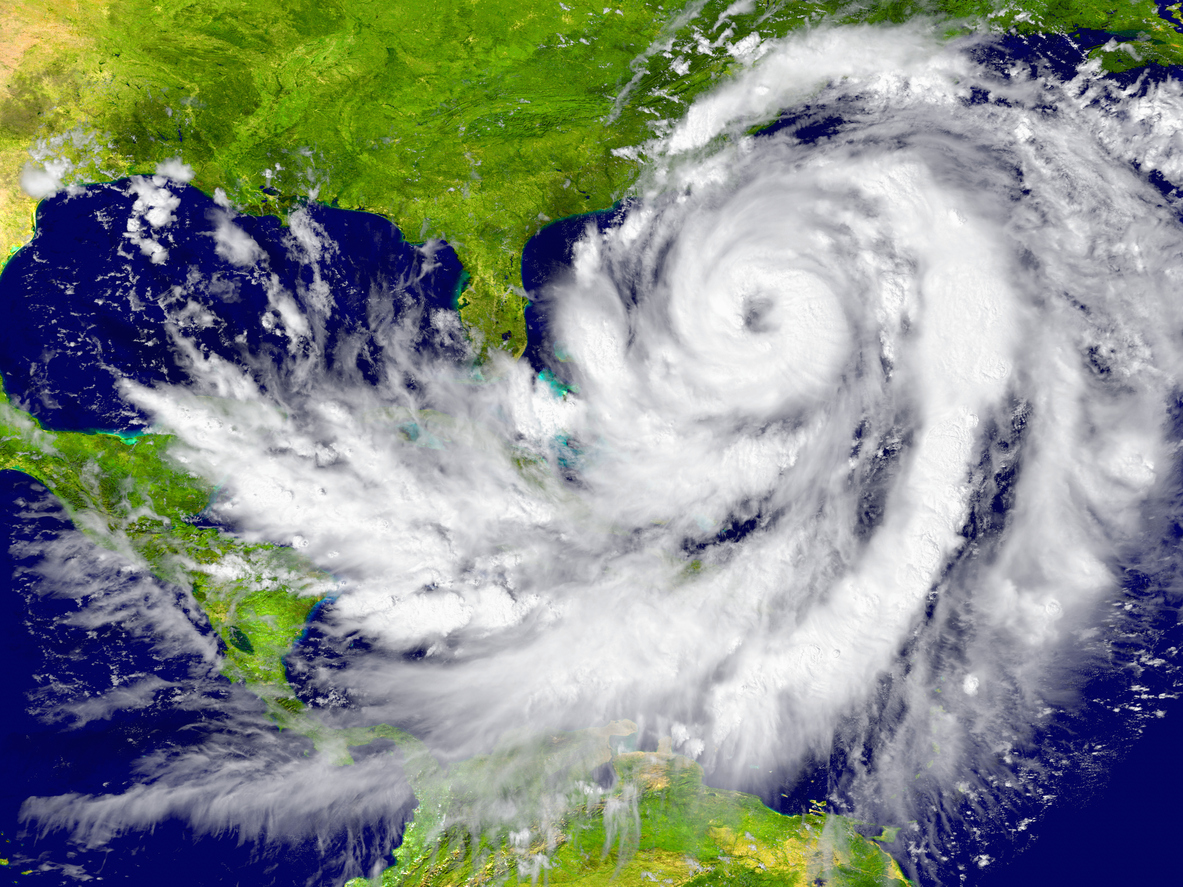For emergency response, FEMA has provided $595 million to households and $322 million to the state, while the US Small Business Administration has provided $211 million in disaster loans and the National Flood Insurance Program has paid $147 million in claims.
FEMA's Assistance to Floridians:
The National Flood Insurance Program (NFIP) Policyholders in Florida who suffered flood damage from the hurricane have 90 days to renew their policies. The extension applies to policies with renewal dates between August 25 and October 23. Policyholders whose renewal date falls within this range should contact their insurance agent or company. FEMA also increased the proof of loss requirement for Florida flood insurance policyholders who suffered flood damage from Hurricane Ian from 60 to 365 days. Visit How to Start Your Flood Insurance Claim for more information on how to file a flood insurance claim.
Individual assistance has been made available by FEMA to 26 counties in Florida. Individual Assistance is available to residents of Brevard, Charlotte, Collier, DeSoto, Flagler, Glades, Hardee, Hendry, Highlands, Hillsborough, Lake, Lee, Manatee, Monroe, Okeechobee, Orange, Osceola, Palm Beach, Pasco, Pinellas, Polk, Putnam, Sarasota, Seminole, St. Johns, and Volusia counties.
FEMA is meeting survivors where they are to help them get back on their feet. Specialists from Disaster Survivor Assistance are going door-to-door in Florida neighborhoods to help people register for assistance. In counties designated for Individual Assistance, these teams have interacted with over 46,900 survivors.
Survivors in Brevard, Charlotte, Collier, Hardee, Highlands, Lake, Lee (2 locations), Okeechobee, Orange, Osceola, Polk, Sarasota, Seminole, St. Johns, and Volusia counties can visit one of 16 Disaster Recovery Centers. More centers are set to open in the coming months. These centers offer interpretation services and translated materials to help survivors communicate in the language they are most comfortable with. The locations of Disaster Recovery Centers are chosen based on their accessibility, with the goal of reaching as many people as possible. Real-time locations will be updated at FloridaDisaster.org as new centers are added.
FEMA will cover eligible survivors' hotel and motel expenses. FEMA and the state of Florida activated the Transitional Sheltering Assistance Program, which authorizes FEMA to make direct payments to participating hotels and motels in Alabama, Florida, and Georgia that provide emergency shelter to survivors. As of today, the program is housing 1,981 households with a total of 5,055 people. Over 147,000 home inspections were performed by hundreds of FEMA inspectors for survivors who applied for federal disaster assistance.
Over 147,000 home inspections were performed by hundreds of FEMA inspectors for survivors who applied for federal disaster assistance.
The Small Business Administration of the United States has approved $211 million in disaster loans to homeowners, renters, and business owners. There are Business Recovery Centers in Collier, DeSoto, Hillsborough, Lee, and Seminole counties.
The Federal Emergency Management Agency's (FEMA) National Flood Insurance Program (NFIP) has received over 42,000 flood insurance claims and paid out more than $147 million to policyholders, including $103 million in advance payments.
Policyholders of the NFIP may be eligible for up to $1,000 in reimbursement for the purchase of supplies such as sandbags, plastic sheeting, and lumber. They may also be reimbursed for up to $1,000 in storage costs if they relocated insured property. Regardless of whether they were successful in preventing flood damage, policyholders should file a claim for flood loss avoidance reimbursement.
Eligible survivors can apply for Disaster Unemployment Assistance. Floridians can file a claim for Hurricane Ian-related income loss by visiting Disaster Unemployment Assistance - FloridaJobs.org and selecting "Apply for Hurricane Ian DUA," visiting a local CareerSource Career Center, or calling 800-385-3920. Customer service representatives are available from 7:30 a.m. to 6:30 p.m. ET Monday through Friday.
Low-income Residents of Florida who have been affected by Hurricane Ian may be eligible for assistance from the Department of Agriculture's Disaster Supplemental Nutrition Assistance Program (D-SNAP). Survivors can learn more about Florida's D-SNAP program by visiting the Hurricane Ian Response & Recovery website of the Florida Department of Children and Families.
During Operation Blue Roof, 9,637 roofs were installed. This is a free service available to homeowners in Charlotte, Collier, Desoto, Lee, and Sarasota counties. Residents affected by Hurricane Ian can sign up for updates at BlueRoof.us or call 1-888-ROOF-BLU (1-888-766-3258) for more information. From 8 a.m. to 8 p.m. ET, the call center will be open.
If you or a member of your household uses adaptive or accessibility equipment that was damaged by Hurricane Ian, you may be eligible for FEMA assistance. Items for homeowners may include an exterior ramp, grab bars, and a paved pathway from a vehicle to the home's entrance. Awards do not contribute to your maximum Housing Assistance or Personal Property awards. Visit Update to FEMA's Individual Assistance Program and Policy Guide for more information for homeowners and renters.














